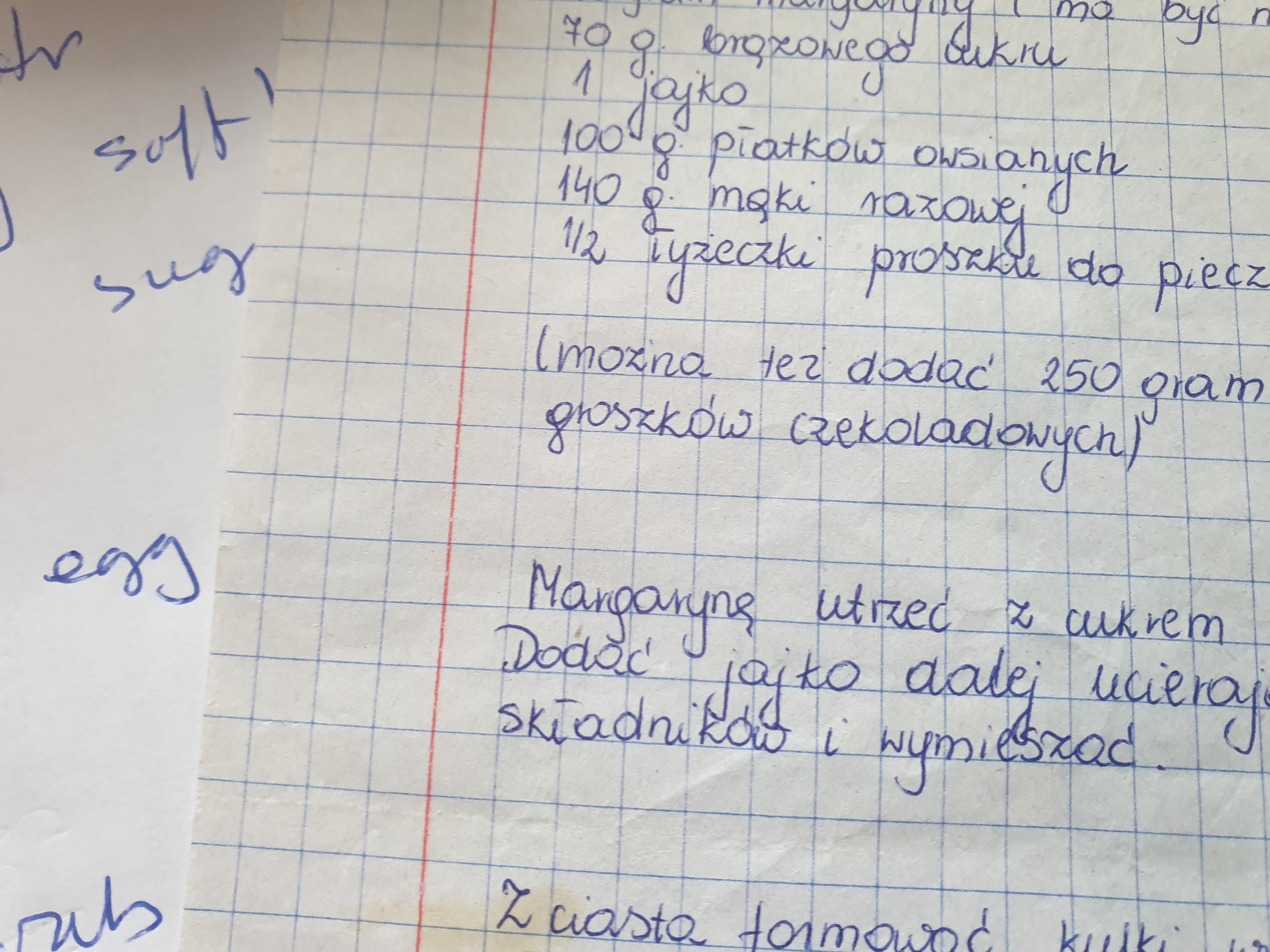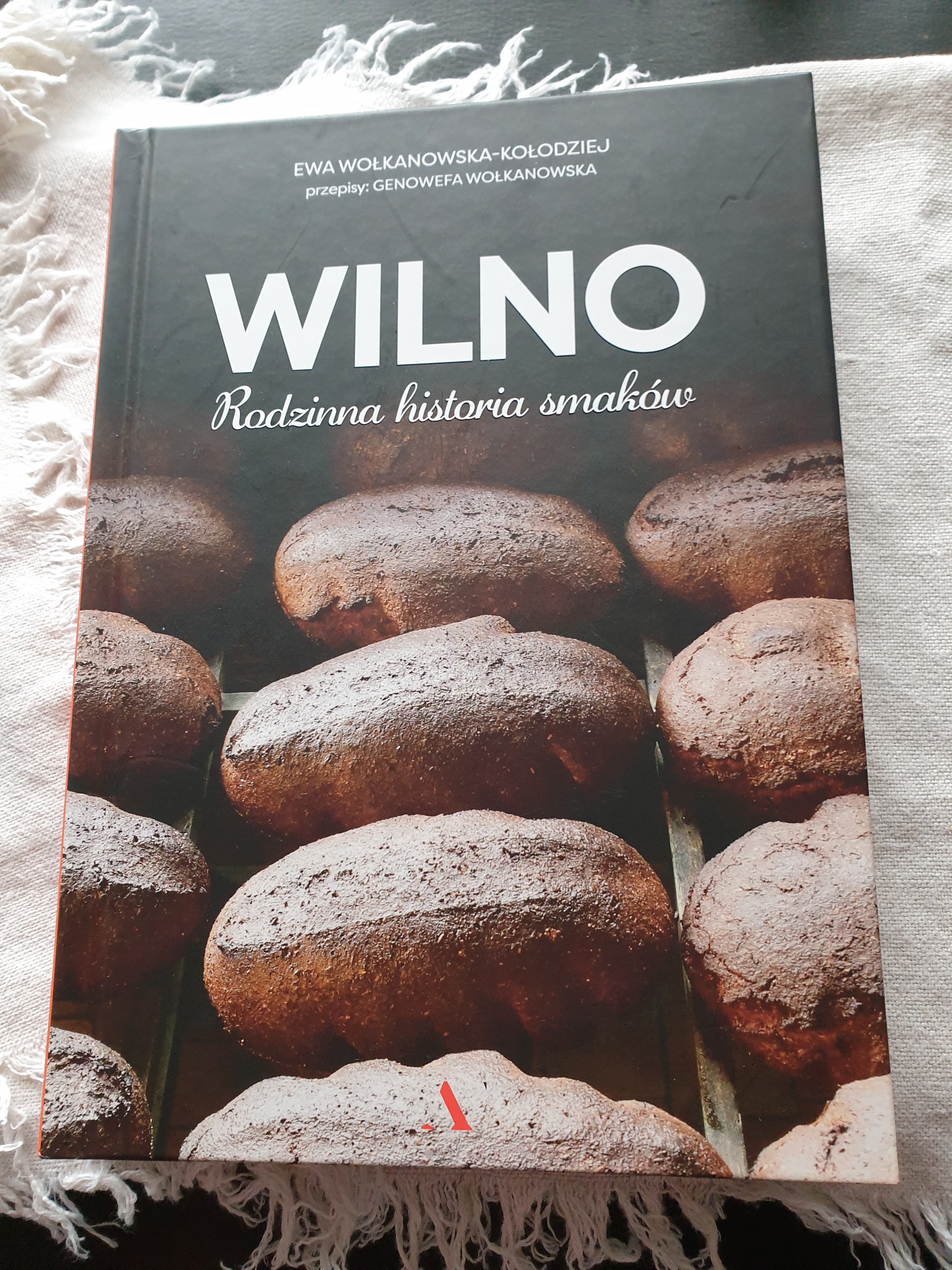I am always amazed at what gems you can find in Charity shops.
- This book on Finnish Cookery is my latest find.
- The ‘Finnish Cookbook’ by Beatrice A. Ojakangas.
- First published in 1964 and this edition in 1989.
- It is aimed at the American market so the recipes are in cups etc.
- I will go with cups and tablespoons for liquids but for ingredients such as flour, sugar and butter I will convert these to grams when I try them.
- I have learnt a lot about Finland from this book.
- Because of its closeness to Russia it is not surprising that some of these recipes are similar to ones found in Russia.
- It then follows that some of the recipes are also similar to ones found in Eastern Poland and to ones which I have posted.
- Lingonberries, Rye, Cabbage & Herrings are just some of the similar ingredients.
- The ‘Cabbage Pasty’, which is served as a’ ‘Soup Accompaniment’ is one example, which is very similar.
- Look out for recipes from this book as the New Year (2024) goes on.
Do you know any Finnish Recipes?






























